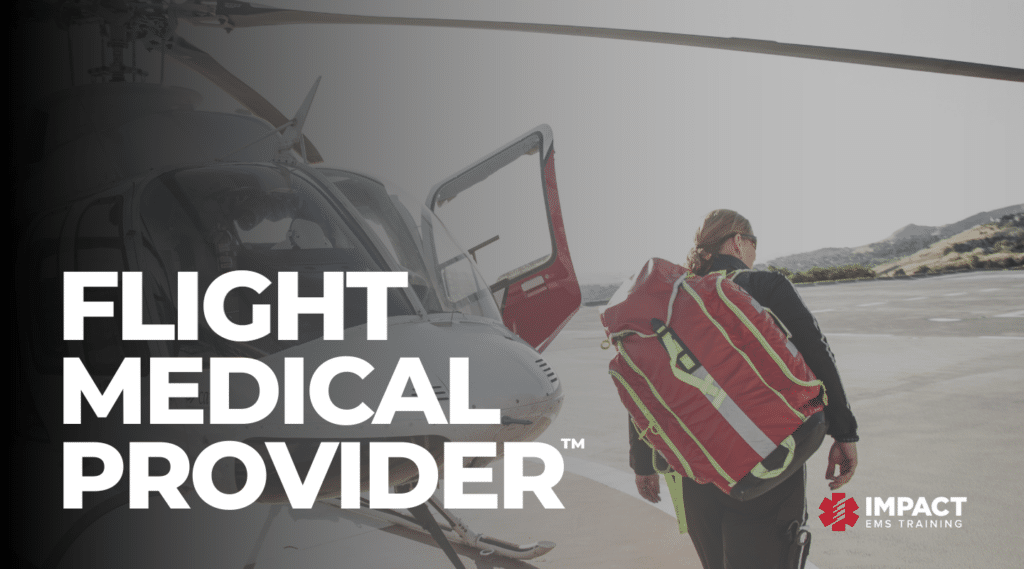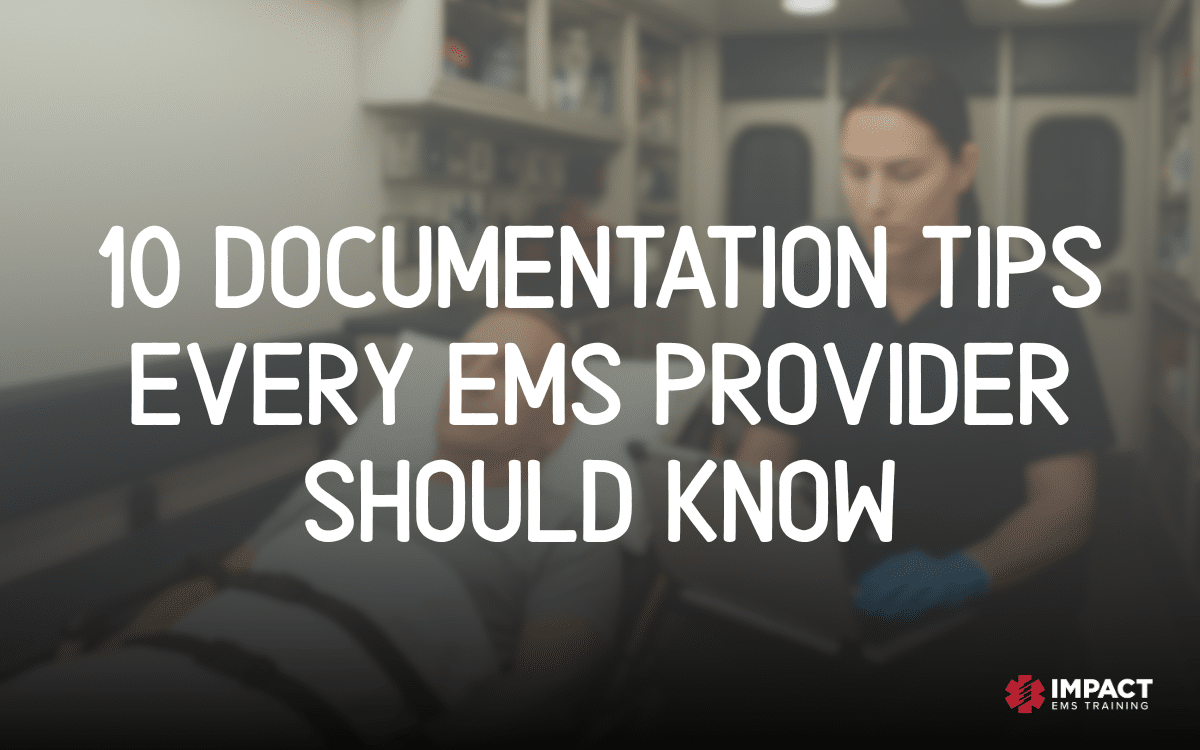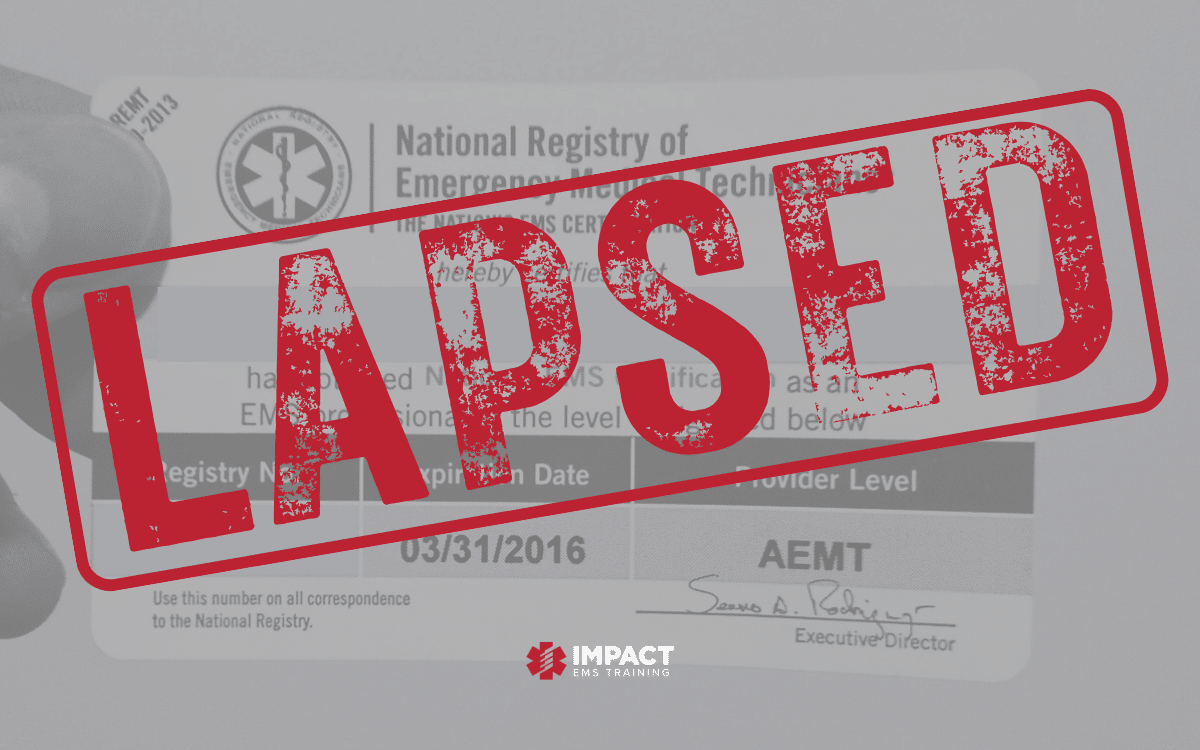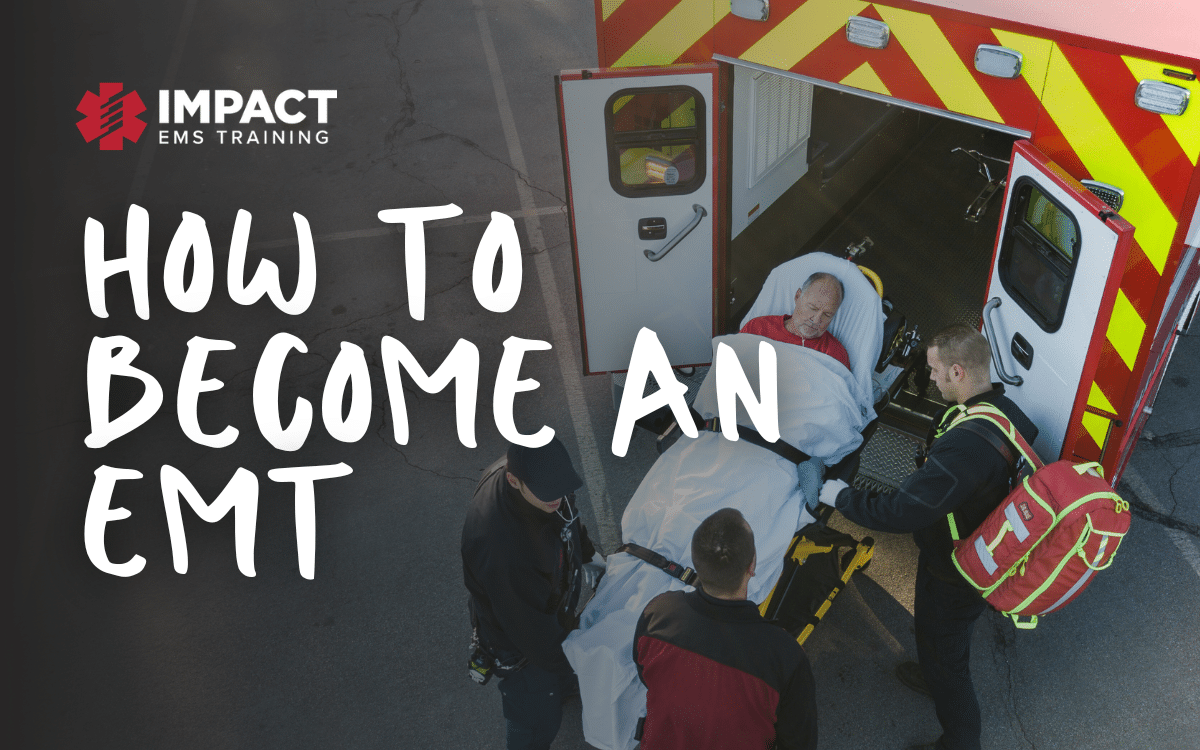Air ambulance training, or medical air transport training, for registered nurses (RNs) typically includes both classroom and hands-on training in areas such as flight physiology, critical care transport, and emergency medical procedures.
RNs who work on air ambulances must be able to provide high-quality medical care in a limited environment, as well as be able to handle the unique challenges of working in an aircraft. RNs who wish to work on air ambulances must also be comfortable working in a team and be able to make quick decisions in high-stress situations. Additionally, some states require air ambulance RNs to have additional certifications such as the Certified Flight Registered Nurse (CFRN®).
Medical Air Transport Training
The duration of medical air transport training can vary depending on the specific program or employer. Some programs may last just a few days, while others may last several weeks or even months. The exact length of the training will depend on the type of air ambulance service and the level of care provided.
Critical care transport training for RNs includes more advanced training in areas such as flight physiology and advanced life support.
It is important to note that, after the initial training, continuing education and re-certification may be required to maintain the skill and knowledge of the medical staff in order to provide the best care to the patient.
Certified Flight Registered Nurse Training
Certified Flight Registered Nurse (CFRN®) training typically covers a wide range of topics related to providing medical care in an air ambulance setting. Some of the key areas of training may include:
- Flight physiology: This includes understanding the physiological and psychological effects of altitude and motion on patients, as well as how to manage conditions such as hypoxia and barotrauma.
- Critical care transport: This includes learning how to provide advanced life support, such as advanced airway management and mechanical ventilation, in a limited environment.
- Emergency medical procedures: This includes learning how to perform emergency procedures, as well as how to use specialized equipment such as intra-aortic balloon pumps (IABP) and ventilators.
- Communication and Teamwork: learning how to communicate effectively with other members of the air ambulance team, as well as how to work as part of a team in high-stress situations.
- Safety: learning about the safety and regulations of air ambulance transport and the aircraft environment.
- Medical equipment and medication: learning how to use and maintain the medical equipment and medication on board the aircraft.
- Patient assessment and triage: learning how to assess patients and determine the appropriate level of care, as well as how to triage patients in emergency situations.
- Continuing education: learning about the importance of continuing education and staying current with new developments in the field of air ambulance nursing.
CFRN® certification is offered by the Board of Certification for Emergency Nursing (BCEN®). To be eligible for the certification, RNs must have a current RN license and a minimum of 2 years of critical care experience.
Credentials Needed To Be A Nurse On Medical Flights
To work as a nurse on medical flights, there are several credentials and qualifications that are typically required. These may include:
- Registered Nurse (RN) license: All nurses working on medical flights must be licensed as registered nurses in the state where they will be working.
- Advanced Cardiac Life Support (ACLS) certification: Many medical flights require nurses to be certified in advanced cardiac life support, which includes more advanced techniques for managing cardiac emergencies.
- Pediatric Advanced Life Support (PALS) certification: Some medical flights transport children, so nurses may be required to be certified in pediatric advanced life support.
- Neonatal Resuscitation Program (NRP) certification: Some medical flights transport newborns, so nurses may be required to be certified in neonatal resuscitation.
It’s important to note that certification and licensing requirements may vary depending on the employer and the type of medical flight (such as fixed-wing or rotor-wing) . It’s always a good idea to check the specific requirements for the employer or program you’re interested in working with.
How long does it take to be a flight nurse?
Critical care transport training for RNs may last several weeks or months and include more advanced training in areas such as flight physiology and advanced life support.
Are flight nurses in high demand?
Flight nurses, also known as air ambulance nurses, are in high demand due to the increasing need for medical transportation services. The demand for air ambulance services is driven by several factors, including an aging population and the growing number of people living in rural and remote areas. Air ambulance services are often the only way to transport critically ill or injured patients quickly and safely to a hospital with the appropriate level of care.
As a result of the high demand, many air ambulance services are looking for experienced, highly-skilled nurses to join their teams. Flight nursing is a challenging and rewarding field that requires specialized knowledge, skills and certification. The job of a flight nurse is demanding but can be very rewarding, as they save lives and provide critical care during transport.
It’s important to note that the demand for flight nurses may vary depending on the location, some areas may have more demand than others. Additionally, the COVID-19 pandemic has affected air ambulance services in different ways and has increased the demand for flight nurses.
How do you become flight nursing certified?
To become a flight nursing certified, there are several steps that you need to take:
- Meet the eligibility requirements: To become certified as a flight nurse, you must be a licensed registered nurse (RN) with a minimum of 2 years of critical care experience.
- Obtain Advanced Cardiac Life Support (ACLS) certifications: These certifications are typically required by employers and are a pre-requisite for the flight nursing certification.
- Complete a flight nursing training program: Many employers require nurses to complete a flight nursing training program before they can work as a flight nurse. The program will cover topics such as flight physiology, critical care transport, and emergency medical procedures.
- Pass the certification exam: After completing the training program, you will be eligible to take the Certified Flight Registered Nurse (CFRN®) certification exam. The certification is offered by the Board of Certification for Emergency Nursing (BCEN®). The exam covers topics such as flight physiology, critical care transport, and emergency medical procedures.
- Maintain your certification: Once you pass the certification exam, you will need to renew your certification every four years through continuing education and re-certification.
It’s important to note that, in addition to CFRN®, there are other certifications available for flight nurses. Additionally, some states may have additional certification or licensing requirements. Therefore, it’s always a good idea to check the specific requirements for the employer or program you’re interested in working with.
Do flight nurses intubate?
Flight nurses can intubate. Flight Nurses, have the same capabilities, or responsibilities as you would in an intensive care unit paired with additional skills.
How often do flight nurses work?
CFRNs typically work in a twenty-four hour shifts or 12-hour shifts and on average six to eight shifts monthly.




